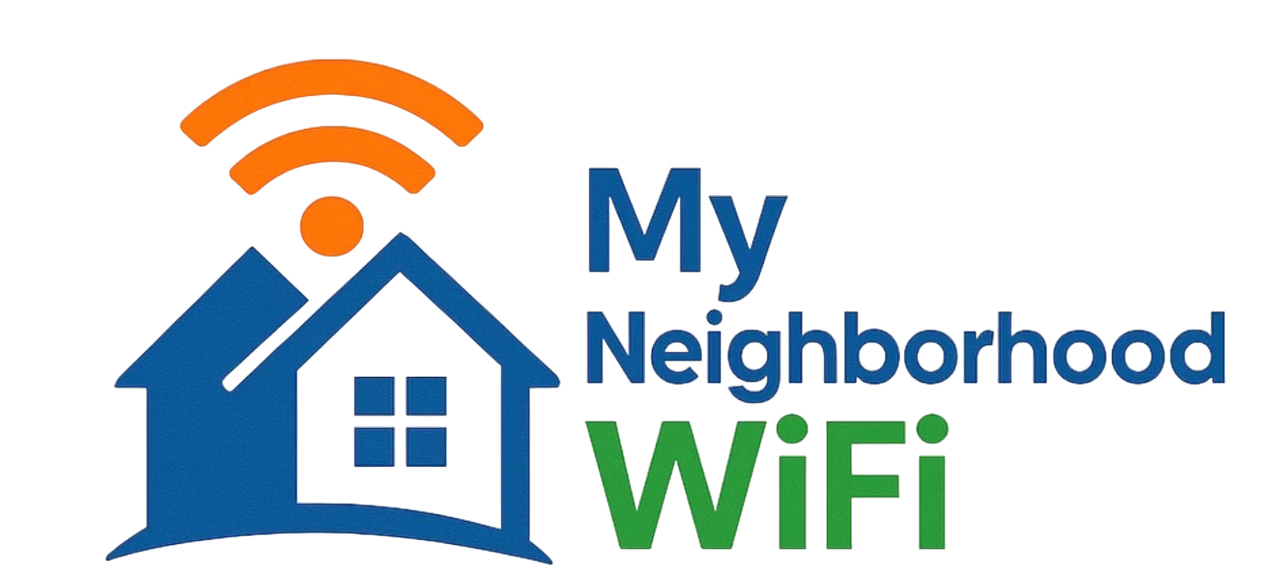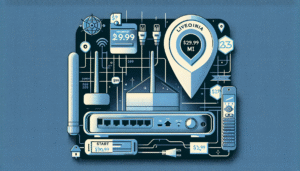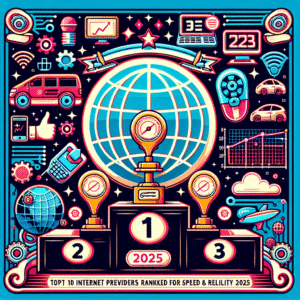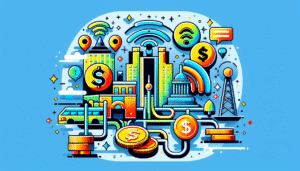
Top Eco Friendly Internet Providers Leading the Way in Sustainable Connectivity
In today’s world, where climate change and environmental impact are at the forefront of global conversations, even internet companies are being measured by how eco-friendly they are. Fast and reliable internet is no longer the only benchmark—customers now want providers who commit to renewable energy, reduce e-waste, and build greener networks. This article takes a deep dive into the top eco friendly internet providers leading the way in sustainable connectivity, highlighting how they’re making the digital world better for the planet.
Why Sustainability in Internet Services Matters
The internet is invisible to most of us—data just moves instantly from our device to the cloud. But behind the scenes, huge data centers, satellite networks, and millions of devices consume massive amounts of energy. Here’s why sustainable practices in internet services matter:
- Energy Consumption: Data centers and networks use enormous amounts of electricity, often powered by fossil fuels.
- E-Waste: Old modems, routers, and discarded electronics pile up in landfills.
- Carbon Footprints: Each streaming session, video call, or online game indirectly contributes to global carbon emissions if not sourced from clean energy.
- Consumer Demand: People want tech companies that align with their eco-friendly values.
How Internet Providers Can Be Eco-Friendly
Just like any other industry, internet providers have options to reduce their environmental impact. The following practices are becoming benchmarks for sustainable connectivity:
- Switching to renewable energy to power data centers and network operations.
- Building energy-efficient infrastructure like fiber-optic networks that use less power.
- Recycling and buyback programs for old equipment.
- Supplying eco-certified hardware like Energy Star–approved routers.
- Offsetting carbon emissions through green investments.
Top Eco Friendly Internet Providers Leading the Way
Some internet providers have started setting the bar for sustainable practices. While the approaches vary, their initiatives show that fast connectivity can coexist with eco responsibility.
1. Providers Using 100% Renewable Energy
The biggest step forward an internet company can take is powering its entire network with renewable energy—from sourcing wind, solar, hydro, or geothermal. This not only lowers their carbon footprint but also sets a precedent for other industries. Some well-known data center operators have already committed to 100% renewable energy, and leading ISPs are following suit.
2. Fiber-First Providers
Fiber-optic internet is naturally more energy-efficient than older copper or DSL lines. By transmitting data through light signals, fiber minimizes electricity use while also allowing faster speeds. According to experts, fiber uses less energy per gigabit delivered compared to coaxial networks. Many growing providers who build fiber networks are positioning themselves as sustainability leaders.
3. Satellite Companies Exploring Green Operations
Satellite internet has a unique challenge—it requires rocket launches and orbiting fleets. However, some companies are exploring cleaner rocket fuels, satellite recycling, and ground operations powered by renewable energy. While this area faces the toughest hurdles, efforts are being made to limit the environmental impact.
4. Companies That Recycle Equipment
A growing number of providers allow customers to return old modems and routers for responsible recycling. Instead of letting electronics pile up in landfills, materials like copper, aluminum, and plastics can be reused. Communities and recycling advocates often encourage these practices, supporting a system of circular technology use.
Green Technologies Shaping the Industry
Beyond the direct actions of individual providers, broader tech innovations are pushing the industry toward sustainability. Here are some of the most impactful advancements:
- AI-powered cooling in data centers: Reduces electricity needed for climate control.
- Solar-powered transmitter stations: Brings renewable power to underserved and rural areas.
- Green routing technology: Routes internet traffic more efficiently to save energy.
- Energy Star–qualified routers: Equipment certified for eco efficiency saves power in homes.
Eco Certifications to Look For
If you’re searching for an environmentally responsible provider, look for certifications that show a company’s commitment to sustainability:
| Certification | What It Means |
|---|---|
| Green-e Energy | Certified usage of renewable energy. |
| ISO 14001 | Proven environmental management systems. |
| Energy Star | Efficient routers, modems, and hardware. |
Practical Tips to Make Your Internet Usage Eco-Friendly
Even if your provider isn’t entirely green yet, there are steps you can take at home to reduce your impact:
- Choose a router with an Energy Star rating.
- Unplug or power down your modem and router when away for long periods.
- Opt for fiber if available—it saves more energy over the long run.
- Recycle your old internet devices responsibly at local electronics recycling centers.
- Stream responsibly—lower resolution streaming uses much less data and electricity.
Community-Led Green Internet Initiatives
It isn’t only large companies leading the charge. In many regions, local cooperatives and municipalities are building green-focused internet networks. For example, some community-driven fiber projects aim to integrate solar or wind power directly into their operations. Conversations on Quora and local community groups often highlight smaller providers making bold eco commitments.
Challenges for Eco-Friendly Internet Providers
Transitioning to a completely sustainable internet ecosystem is not without obstacles:
- Cost: Switching to renewable energy or recycling programs requires significant investments.
- Technology Gaps: Satellite and wireless internet have bigger environmental footprints compared to fiber.
- Consumer Awareness: Many people still choose internet solely based on price and speed, not green practices.
- Regulatory Landscape: Some regions lack proper policies to push providers toward sustainable commitments.
The Future of Sustainable Connectivity
The movement toward greener internet is growing. As cloud computing, video streaming, and connected smart homes continue to increase demand, the need for eco-conscious connectivity will only rise. Experts predict that consumer demand, environmental activism, and potential regulations will ensure that sustainability is no longer optional but required in the near future.
Final Thoughts
The internet is a critical part of modern life, but it doesn’t have to cost the planet. By supporting eco friendly internet providers leading the way in sustainable connectivity, consumers can make an impact and encourage the rest of the industry to follow. From renewable energy commitments to recycling programs, the green future of the web is closer than you think.
“Most inquiries are answered within the same day”
Written by admin
Content writer and tech enthusiast sharing insights on internet connectivity.



